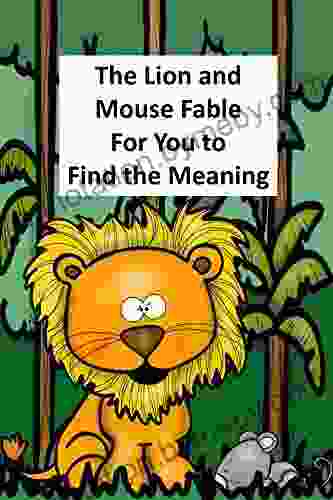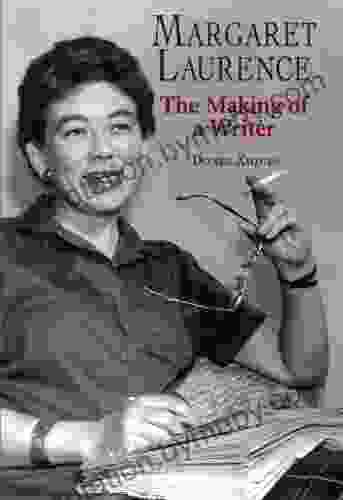Delving into the Heart of Urban Existence
"The Girl Who Sees Sasha Urban" is a captivating work by Lara Williams that transports readers into the intricate tapestry of urban life. Through the lens of its enigmatic protagonist, Sasha, the novel explores the complexities of identity, the challenges of living in a metropolis, and the transformative power of human connection.
4.2 out of 5
| Language | : | English |
| File size | : | 526 KB |
| Text-to-Speech | : | Enabled |
| Screen Reader | : | Supported |
| Enhanced typesetting | : | Enabled |
| X-Ray | : | Enabled |
| Word Wise | : | Enabled |
| Print length | : | 350 pages |
| Lending | : | Enabled |
Sasha, an introspective young woman with an extraordinary ability to see into the lives of others, navigates the vibrant streets of an unnamed city. As she interacts with a diverse cast of characters, she witnesses their hopes, fears, triumphs, and struggles. Through their stories, the novel delves into the fragility of human existence and the universal longing for connection.
Unveiling the Facets of Identity
Identity is a central theme in "The Girl Who Sees Sasha Urban." Sasha's unique ability to perceive the inner worlds of others challenges her own sense of self. As she witnesses the multifaceted lives and perspectives of those around her, she begins to question the boundaries of her own experiences and the societal norms that shape them.
The novel explores the fluidity of identity in an urban context, where individuals are constantly adapting and evolving in response to their surroundings. It highlights the influence of societal expectations, cultural backgrounds, and personal experiences in shaping who we are. Through Sasha's journey, readers are invited to reflect on their own identities and the interconnectedness of human experiences.
The Transformative Power of Connection
In the midst of urban isolation and anonymity, "The Girl Who Sees Sasha Urban" celebrates the transformative power of human connection. As Sasha encounters both strangers and those close to her, she discovers that true connection transcends physical proximity and superficial interactions.
The novel emphasizes the importance of empathy, vulnerability, and authenticity in building meaningful relationships. It explores how these connections can provide solace, support, and a sense of belonging in a often-overwhelming urban environment. Through Sasha's experiences, readers are inspired to embrace human connection and to seek out those who resonate with their own hearts.
A Literary Journey Through Urban Landscapes
"The Girl Who Sees Sasha Urban" is not merely a story; it is a literary journey through the complexities of urban life. Williams' vivid prose and intricate character development create a rich and immersive experience for readers. The novel's urban setting is a vibrant and dynamic force, shaping the lives of its inhabitants and influencing the narrative arc.
Through Sasha's extraordinary perspective, readers gain an intimate glimpse into the hidden dramas and personal stories that unfold within the bustling streets and towering buildings of the city. Williams' exploration of urban landscapes is both lyrical and thought-provoking, inviting readers to reflect on the social, cultural, and psychological implications of modern urban living.
A Compelling and Unforgettable Read
"The Girl Who Sees Sasha Urban" is a mesmerizing novel that offers a profound exploration of urbanity, identity, and the power of human connection. Lara Williams' evocative writing and captivating characters draw readers into a world that is both familiar and utterly unique. This is a novel that will stay with you long after you finish its final pages, leaving you with a renewed appreciation for the complexities of human existence and the transformative power of authentic relationships.
Whether you are an avid reader of urban fiction, an explorer of identity, or simply someone who seeks a thought-provoking and emotionally resonant story, "The Girl Who Sees Sasha Urban" is a must-read. Immerse yourself in its captivating world and discover the hidden depths of urban life, the fragility of identity, and the transformative power of connection.



























































































